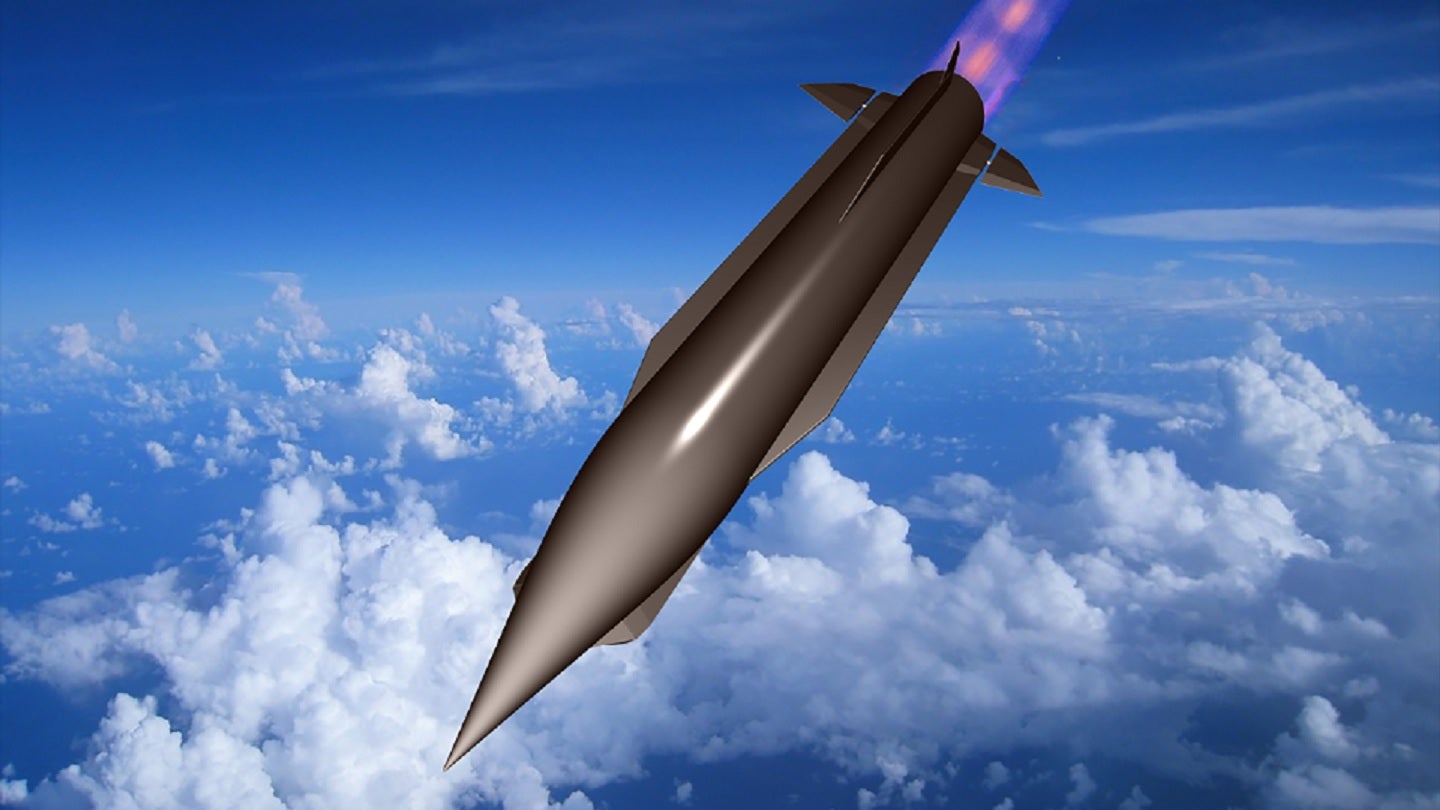
The UK is looking to create a framework to provide a route for the development of a hypersonic strike capability, in a potential agreement that could be worth an estimated £1bn ($1.29bn) over a seven-year period.
Although details are scarce, a pre-qualification questionnaire (PQQ) issued by Defence Equipment & Support (DE&S), an arm of the UK Ministry of Defence, revealed the framework would provide guidance up to Technology Readiness Level (TRL) 9, and deliver “future operational elements” of the hypersonic missile system.
The framework would be a “collaborative enterprise approach” that would serve to “accelerate the Ministry of Defence’s acquisition of an advanced hypersonic strike capability”.
Both China and Russia have successfully tested hypersonic weapons, with Russia fielding the Kinzhal system against targets in Ukraine. Moscow’s testing of the Kinzhal goes back several years, completing more than 250 flights by 2018, according to reports.
China’s development of hypersonics is similarly advanced, if not more so, with the latest DF-27 sysem considered capable of penetrating US air defence networks. In 2021, according to reports senior US officials stated that a hypersonic test conducted by Beijing saw a missile travel “around the world”, demonstrating a previously unknown range capability.
Efforts by the US to develop hypersonic weapons capabilities have seen considerable investment poured in by defence primes, such as the AGM-183 Air-Launched Rapid Response Weapon (ARRW). Awarding a $480m development contract in 2018 to Lockheed Martin, the programme saw considerable funding committed by the US Government in subsequent years, including a near $1bn contract modification for the ARRW critical design review in 2019.

US Tariffs are shifting - will you react or anticipate?
Don’t let policy changes catch you off guard. Stay proactive with real-time data and expert analysis.
By GlobalDataThe US Air Force requested ARRW development funding totalling $382m in FY2021 and $581m in FY2022. By 2023, reports suggested that the US Air Force would not be buying the platform following the completion of all flight tests.
Hypersonic missiles are able to travel faster than conventionally powered ballistic missiles, and generally able to reach a minimum of Mach 5 (approximately 3,400mp/h). At the upper end, such systems are designed to reach speeds of Mach 25—approximately 17,500mp/h, according to an Atlantic Council paper.
AUKUS pointing the way for UK hypersonics?
A June 2023 UK parliamentary ‘postnote’, written briefings presented to MPs, detailed the hypersonic missile capabilities being developed and deployed by several countries, including China, Russia, and the US. As earlier highlighted, all of these states are further along the hypersonic development curve than the UK, which has only recently begun to tentatively explore the sector.
The postnote states that while the UK does not have a hypersonic missile capability, the MoD had earlier announced a programme to develop future concepts and technologies. Potential applications might include rapidly striking high-value, time-sensitive or mobile assets; long-range precision strikes; and enhancing nuclear deterrents.
In April 2022, the UK, US, and Australia announced they would cooperate on the development of hypersonic and counter-hypersonic capabilities via the AUKUS security partnership, a step in the right direction for London’s aims in the area.



